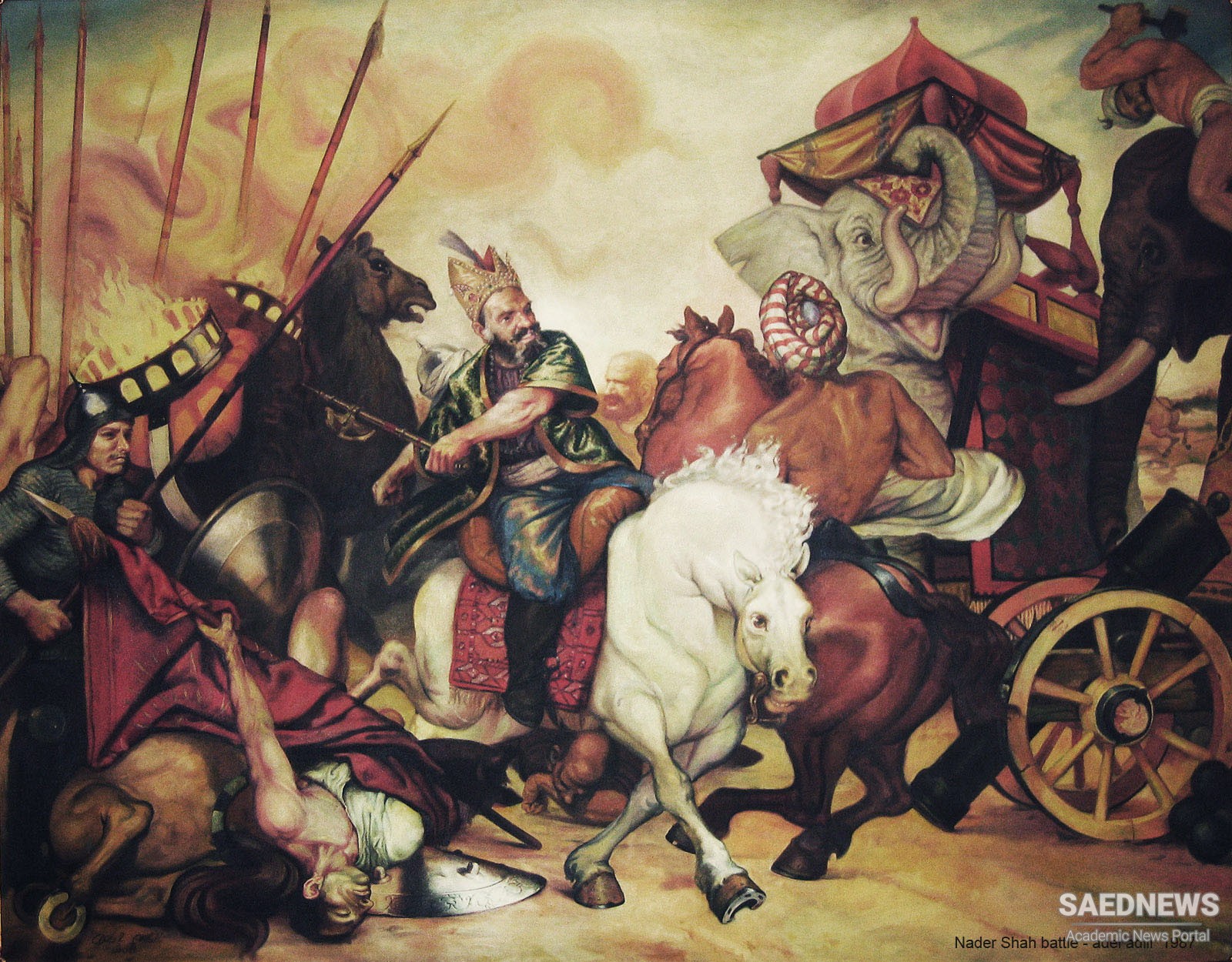Nadir had made some headway against the Turkish forces when he was abruptly called away from the battlefield and forced to march hundreds of miles in order to quell a rebellion in Khorasan. Tahmäsb Shah II, whom Nadir was serving at this time, decided to pursue Ids general’s campaign against the Turks, but his attempt miscarried and in a decisive battle he was utterly defeated. Under a treaty dictated by Turkey in 1732, the humiliated Shah ceded all the territories th at Nadir had recovered. The news of this treaty infuriated the ambitious general, who renounced it at once and utilized it masterfully in deposing the Shah four years later. Even before ridding himself of the nominal lordship of Tahmasb Shah, Nadir resumed his Turkish campaign with renewed vigor and fresh assaults. His adversary, Topal Osman, proved indomitable in the first round, but suffered a crushing defeat in a second round in 1733. The Turks then sued for peace, but only as a means for gaining time. They signed a treaty, but later refused to ratify it because it was “dishonorable.” War flared up once again in 1734 and was not concluded until 1736. Nadir’s initial strategy was a move against Russia as well as Turkey. His attack on Shiravan recovered it from the Turks while it simultaneously forced Russia to relinquish Derbend and Baku. The campaign of 1735 produced further territorial gains, and Ganja, Tiflis, and Erivan were brought under Iranian control. The truce of 1736, not a treaty, finally marked the end of Nadir's successful campaigns against the Turkish occupation forces.


 National Consolidation, Strong Foreign Policy and Decolonization of Iran
National Consolidation, Strong Foreign Policy and Decolonization of Iran














































